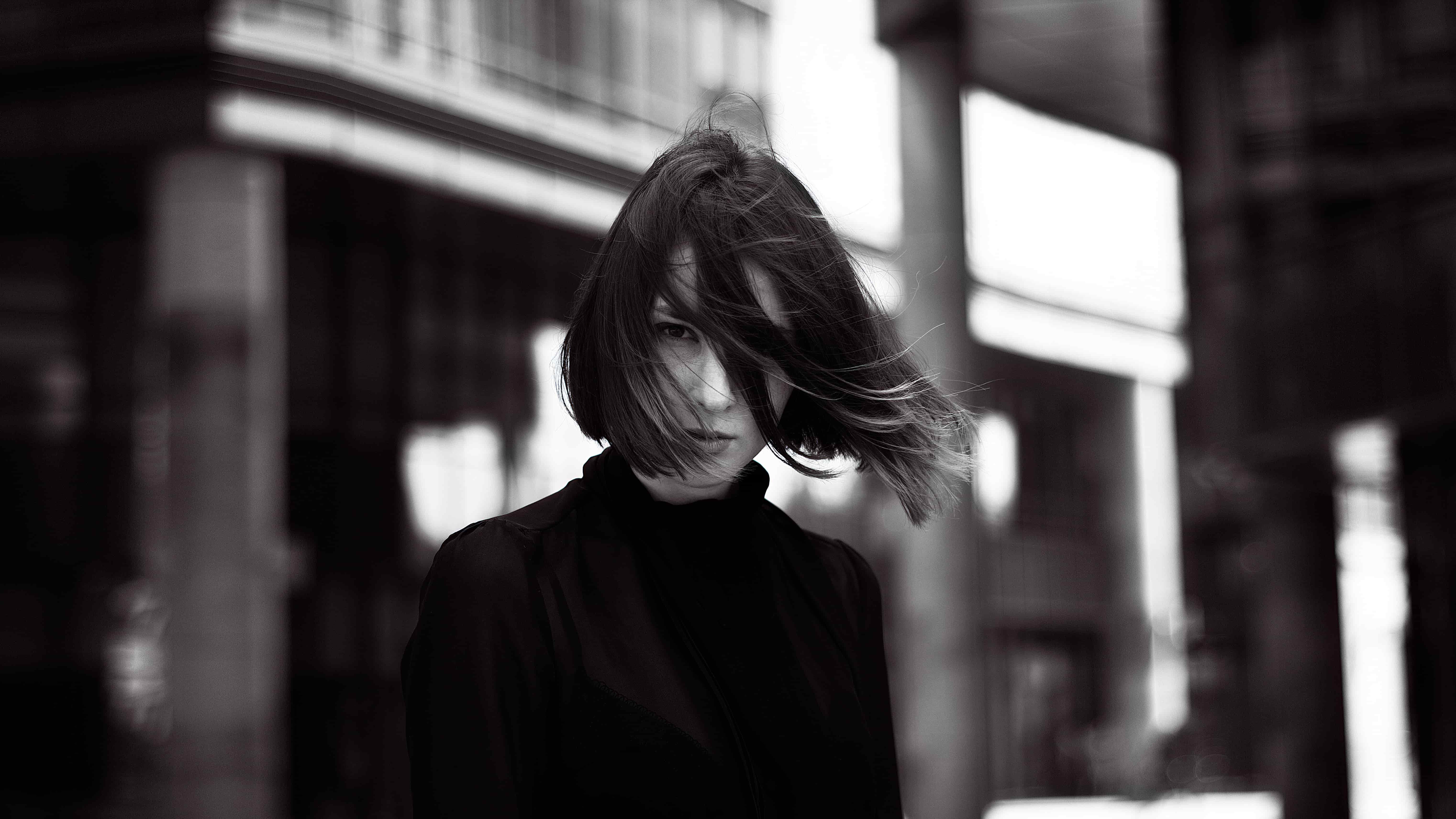Your cart is currently empty!
Flowers That Illuminate Diwali in India
As lamps flicker and sweets are shared, Diwali—India’s Festival of Lights—bursts forth not just in illumination but also in fragrance and color. Among the diyas, incense, and laughter, flowers quietly play a starring role. They symbolize purity, prosperity, and devotion—natural offerings to the gods and a reminder that beauty itself is divine.
Here’s a closer look at the blossoms that bring Diwali to life across India.
Why Flowers Matter During Diwali
Flowers have long been sacred in Hindu tradition. They are considered living symbols of purity and grace, offered to deities as tokens of reverence. During Diwali, they transform homes and temples into fragrant sanctuaries of joy.
Beyond their beauty, each flower holds symbolic meaning. Their colors reflect the festival’s themes—light over darkness, life over decay, and renewal over stagnation. A home filled with fresh blooms is believed to invite not just good fortune but also the blessings of Goddess Lakshmi, the bringer of wealth and prosperity.
The Flowers of Diwali
Marigold (Genda Phool)
No flower embodies Diwali’s spirit more than the marigold. Its golden-orange hues echo the flames of the diyas that line every threshold. Marigold garlands adorn doorways, balconies, and temples, while loose petals are scattered around idols or arranged in rangolis at entryways.
Hardy and long-lasting, marigolds thrive in India’s warm climate. Their vibrant color symbolizes positivity and new beginnings, making them the quintessential Diwali bloom.
Lotus (Kamal)
The lotus holds a sacred place in Indian culture and is especially significant during Diwali. Goddess Lakshmi, the deity of wealth and purity, is often depicted seated on a blooming lotus.
Offering lotus flowers during the Lakshmi Puja is a gesture of reverence and a prayer for spiritual and material prosperity. Floating lotus flowers in water bowls or urli vessels also add a serene, reflective charm to festive décor. Their ability to bloom unsullied from muddy waters represents purity of spirit amid the challenges of life.
Jasmine (Mogra)
With its delicate white petals and intoxicating fragrance, jasmine embodies simplicity and devotion. Its scent fills the air during southern Indian Diwali celebrations, where jasmine garlands often accompany marigold strings.
Jasmine is used to adorn idols, decorate doorways, or scent the puja room. Its whiteness stands for purity and peace, balancing the fiery tones of marigold and rose.
Rose (Gulab)
The rose adds a touch of elegance and romance to Diwali. Available in a palette of reds, pinks, yellows, and whites, roses symbolize love, gratitude, and celebration.
Rose petals are often sprinkled around worship areas or arranged around diyas. Red roses express devotion, while white ones evoke serenity. Mixed floral arrangements of roses, marigolds, and jasmine are common gifts during Diwali visits to friends and relatives.
Chrysanthemum (Shevanti or Guldaudi)
Chrysanthemums bloom generously in autumn, just in time for Diwali. Their large, layered petals create fullness in garlands and flower bowls. Yellow and white varieties are especially popular for their cheerful brightness.
In many regions, chrysanthemums are used to fill rangolis or woven into floral torans—door hangings that symbolize welcome and protection.
Hibiscus
Though not as widespread as marigold or lotus, the red hibiscus carries special spiritual weight. It is offered to Goddess Kali and Lord Ganesha in certain traditions, particularly in eastern India. Its bold color mirrors the energy and strength celebrated during the festival.
Regional and Seasonal Variations
India’s floral traditions vary beautifully from one region to another.
In the north, marigolds dominate markets and temples. In the south, jasmine and roses perfume the air. Eastern India often favors hibiscus and lotus, while western regions blend local blooms like chrysanthemums with traditional garlands.
Where lotus is scarce, households may use artificial or fabric alternatives to honor the symbolism. The diversity of flowers reflects India’s geography as much as its devotion.
How Flowers Are Used During Diwali
Garlands and Torans
Flower garlands, or malas, hang over doors, windows, and altars as symbols of welcome. Traditionally strung with marigold, jasmine, and mango leaves, they invite prosperity and ward off negativity.
Floral Rangoli
Colorful petals of marigold, rose, and chrysanthemum are arranged into intricate rangoli patterns at entrances. These designs—made from petals instead of powders—blend artistry with devotion, representing a joyful invitation to Goddess Lakshmi.
Floating Flowers and Lamps
A bowl of water filled with floating flowers and diyas creates an ethereal glow. Lotus and rose petals are favorites for this arrangement, often placed near the doorway or in courtyards where guests can admire them.
Puja Offerings
During the Lakshmi and Ganesha pujas, flowers are placed before the idols. Devotees offer blossoms at each prayer step, symbolizing the surrender of ego and the blossoming of faith.
Caring for Diwali Flowers
To keep arrangements fresh through the festival:
- Choose newly cut or just-budding flowers.
- Store them in cool, shaded areas until use.
- Sprinkle water on petals to retain freshness.
- Combine sturdy flowers like marigolds with delicate ones such as jasmine for balance.
- Create floral décor just before the main puja for maximum vibrancy.
A Fragrant Celebration
In the end, flowers do more than decorate—they sanctify. They connect the senses to the sacred and transform every corner of the home into a living temple. Whether it’s the humble marigold or the regal lotus, each blossom tells the same story: that beauty, light, and devotion are meant to bloom together.


